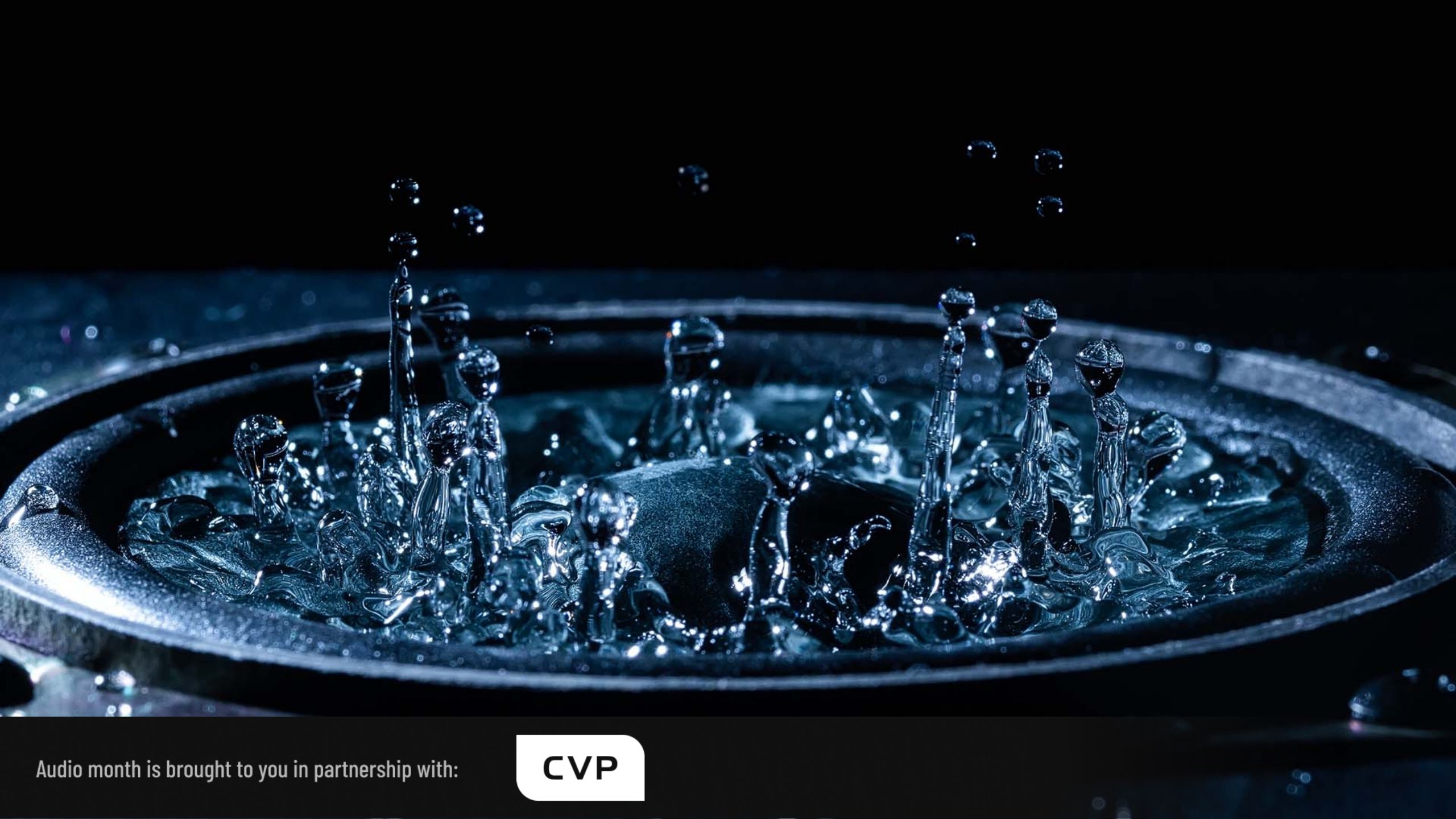
Audio is one of the biggest drivers for keeping audience attention. Simon Wyndham talks about sound design, and why the idea of it begins at a very simple level.
In a world where people often watch videos on their mobile phones in complete silence, with only auto generated subtitles as their guide to what's going on, you might think audio was now a secondary consideration. The reality is far from that. Good, well designed audio is a significant way to keep your audience's attention.
Audio and sound design is a way to keep any video engaging. When we think of sound design most people think of sound effects such as the sound of a space ship whizzing past, or the way in which sounds are tweaked to give character to different aspects of what is happening on screen. The cityscape sequences in Blade Runner and its sequel are wonderful examples of sound design at work, creating atmosphere in a fictional city.
Sound design begins in editing
However, I believe that sound design, or the roots of it at least, begins in editing, and isn't always about complex layers of artificially created audio. For me, sound design at its most basic level encompasses the way in which drama is created when the video is edited together. Dramatic pause in a person's speech is a way to build up tension or anticipation. Human speech is sound, and a dramatic pause is created by the editor, and therefore in my mind this is still sound design. It's also in the way edits are made to music, and follow the emotions of the tune, using sound to add impact to the piece.
An example of this is something I created a long, long time ago in a galaxy far, far away - 2006 to be precise, before the advent of widespread HD cameras. It's a clip from a documentary I made for Matt Coulter, otherwise known as The Kangaroo Kid, a quad bike stuntman with some pretty impressive jump records behind him. I mention its age because it was uploaded in SD before Vimeo allowed high definition. I used dramatic pause and subtle use of sound when the footage goes blank, as well as the timing of the archive shots to the music. I'm not claiming this is Hollywood, but just a basic example of what I'm talking about.
These days audiences have come to expect much more complex and impactful use of sound and sound design within edits. Whether there's an overuse of it or not is a matter for debate, but one thing is always true; using sound in the right way can be an integral method to help tell your story, even in the simplest of edits.
Imagination trigger
Sound works like this because it triggers the audience's imagination. It's a full stop to a dramatic moment, and it's a prelude to what we are about to see. If your audience is thinking or imagining what will happen or what is about to happen, then it is engaged.
In documentary today the 'talking head' style that was all the rage when I made The Kangaroo Kid is seen as a bit dated now. Today, many documentary makers prefer to use the voice recordings from interviews as well as lots of fly-on-the-wall style footage, often interspersed with cinematic style interludes or visual beds, reinforced with music and lots of sound design. This style is seen a lot with modern adventure sports documentaries in surfing, climbing and others. In other words, modern documentaries contain much more of a fusion of visuals with impactful audio.
This is undoubtedly due to the way in which documentary has been influenced by cinema. Even documentaries that have been filmed in a much more 'raw' way still contain cinematic cues in the way they are edited together and sound used.
In the opening to an athlete profile video I made for Lowri Davies, I used a subtle water sound bed along with the music in an extended shot taken from archive footage over the River Nile. Some have criticised me for drawing the shot out for far too long before Lowri is revealed, but in my mind the calmness works before the main segment starts, where her release from the tow-in cable signifies the trigger for the main part of the video. It's all subjective.
Is it sound design? Most would argue not. However it is an example of using the timing of audio for effect.
There are of course much better examples out there by people far more talented and resourced than me, but what I want to illustrate is that you should always be mindful of your audio and how it can be a driver and a primary influence on your edit.
When I edit something together I am always thinking about the sound and how it helps build to a video crescendo, or how it helps the video to have a chorus line. That might sound odd, because these are musical terms, however I believe that an edit is a bit like a piece of music in terms of how timings are made, how tension or drama builds, and how those things are released. I always like to choose my music and have sounds in mind before I edit. Use of sound for effect can begin at the most basic level.
Tags: Audio Sound design Editing


Comments